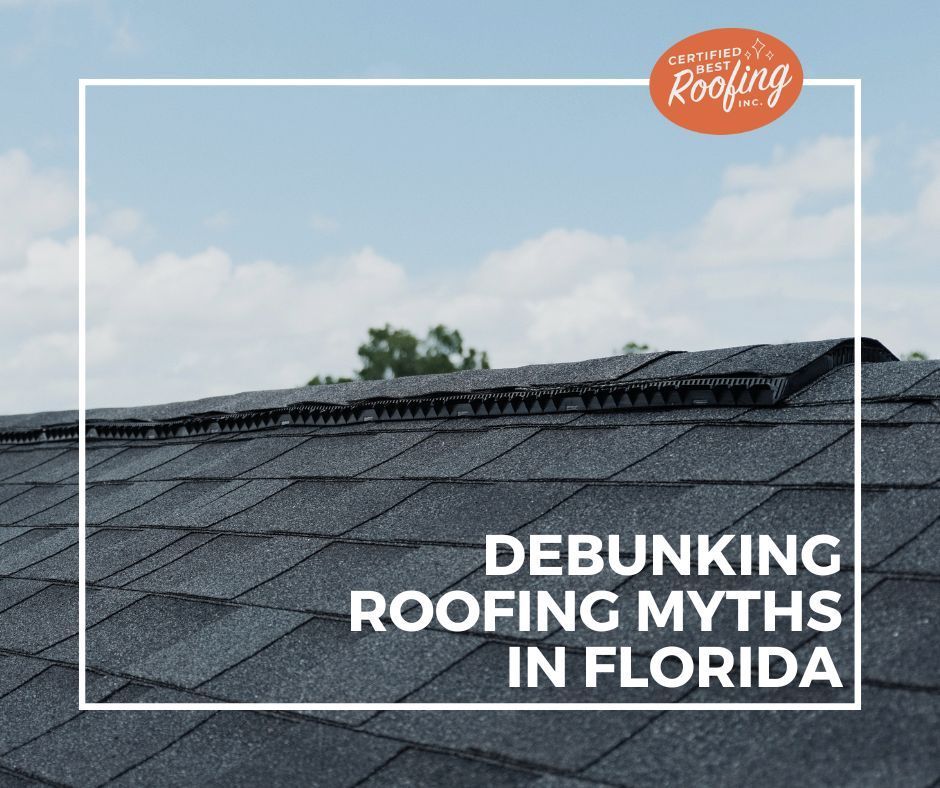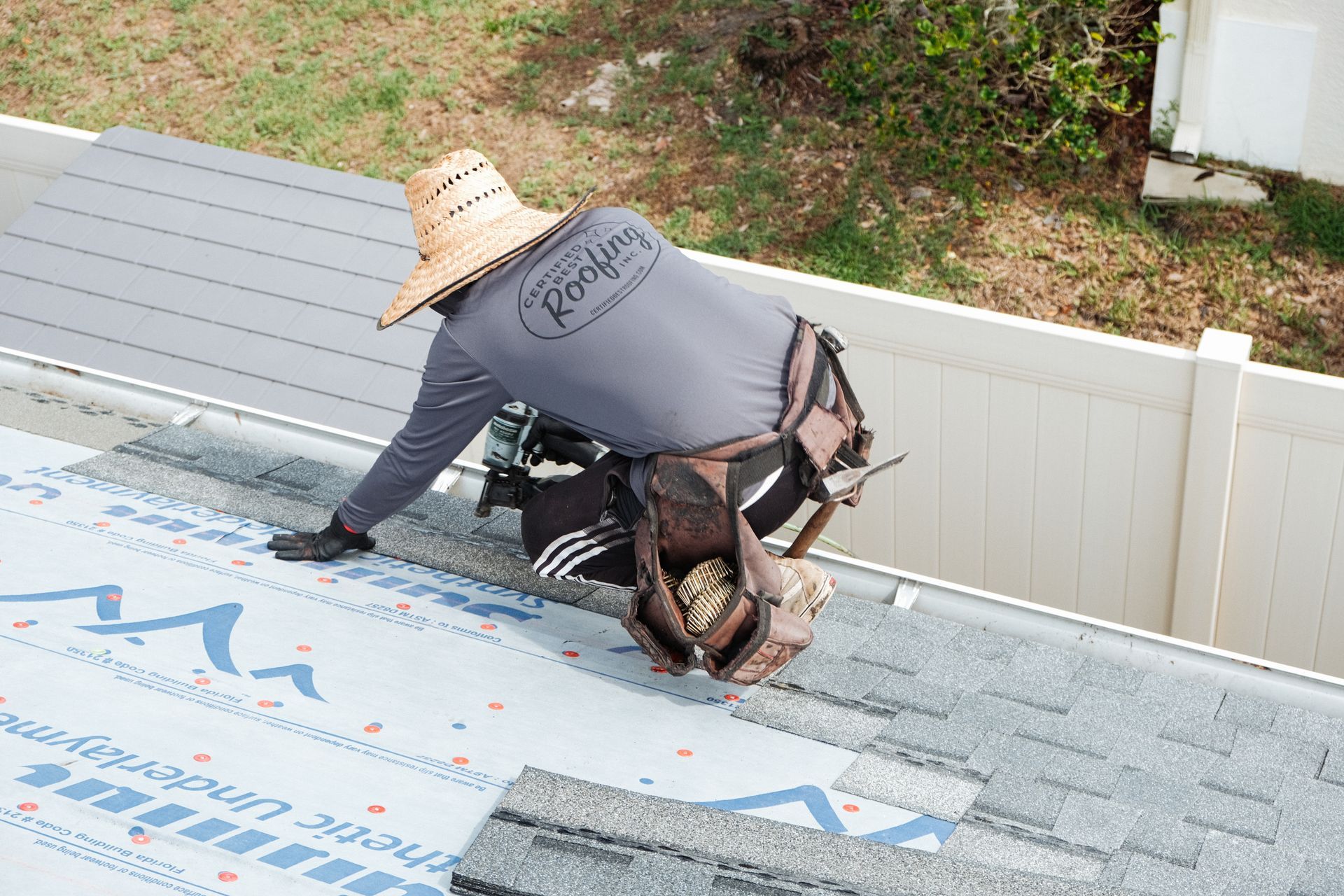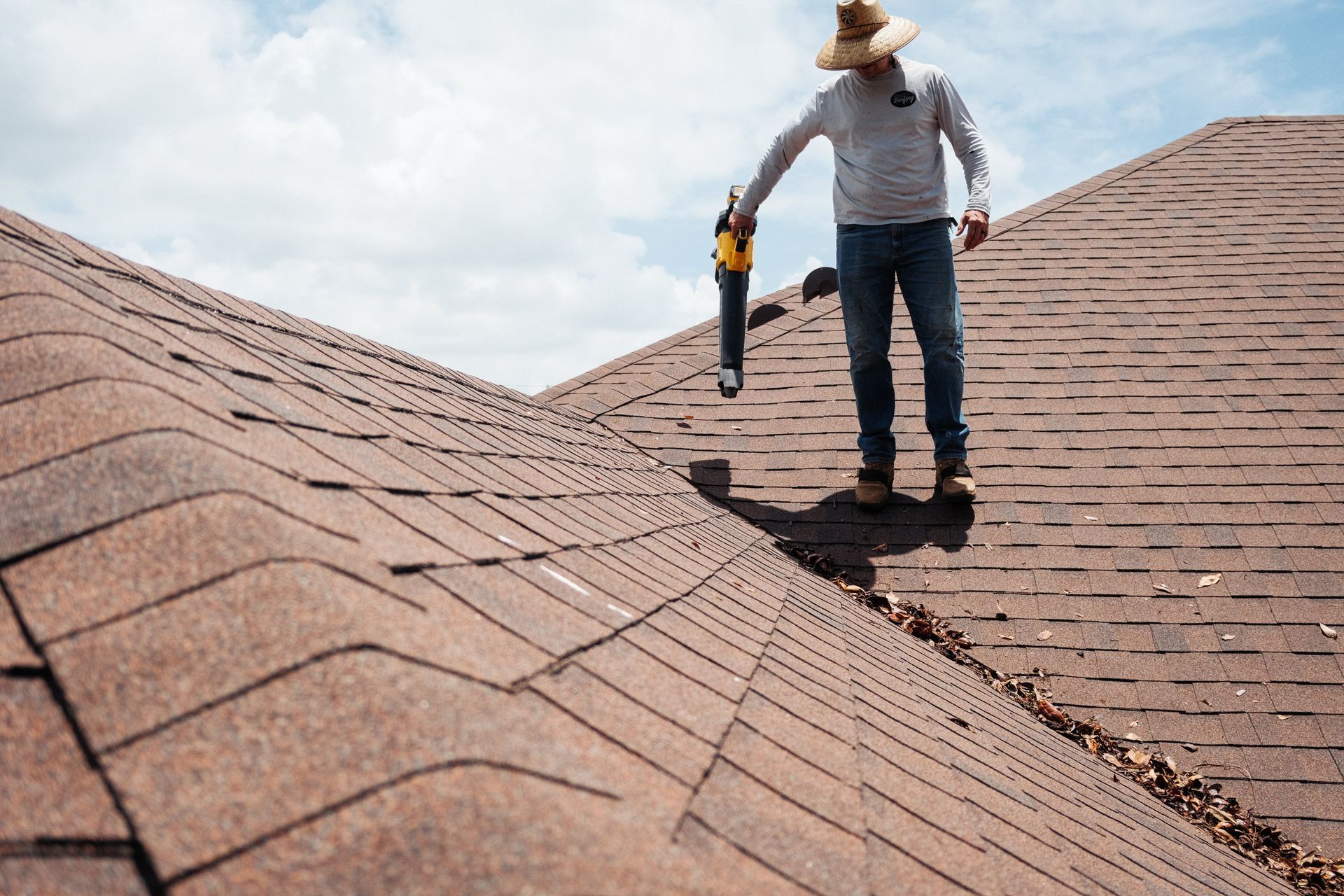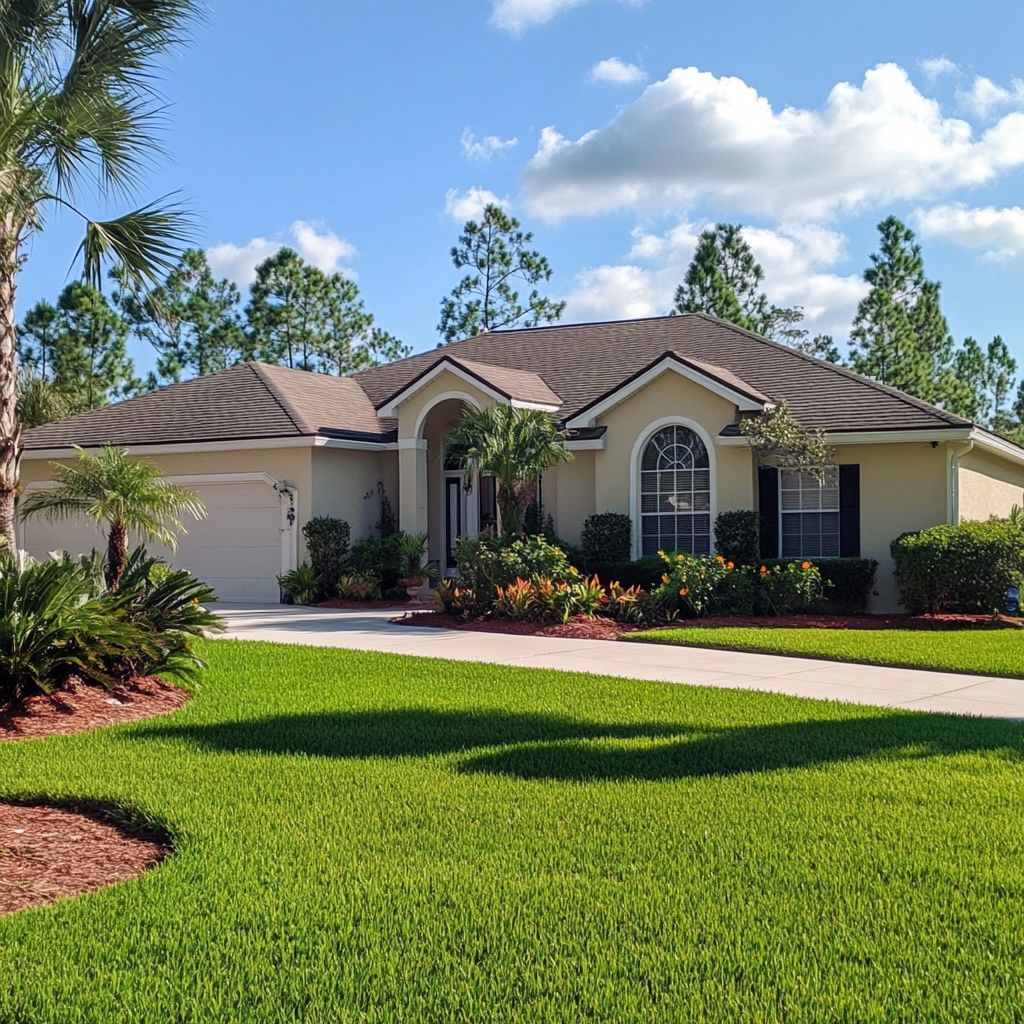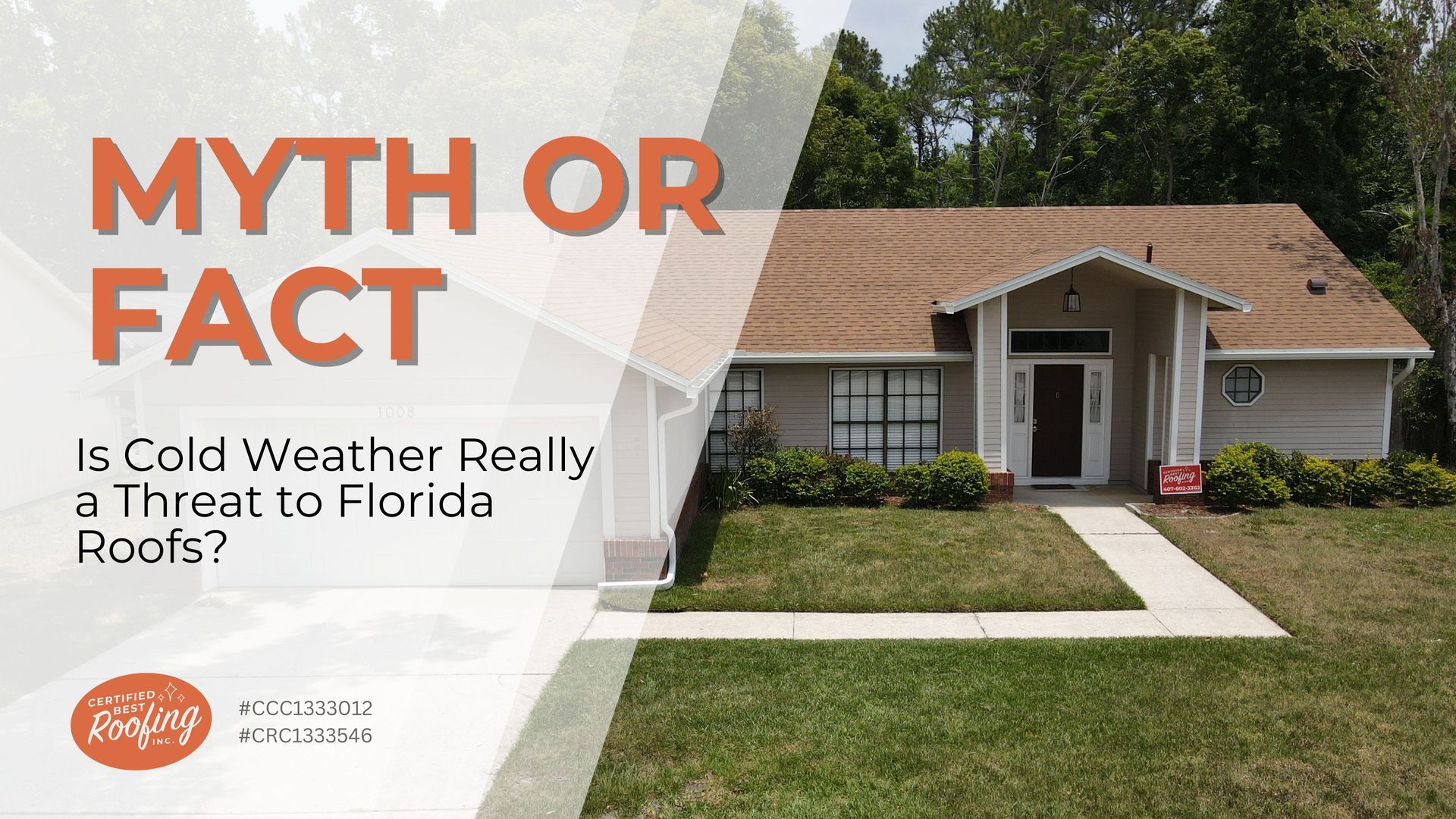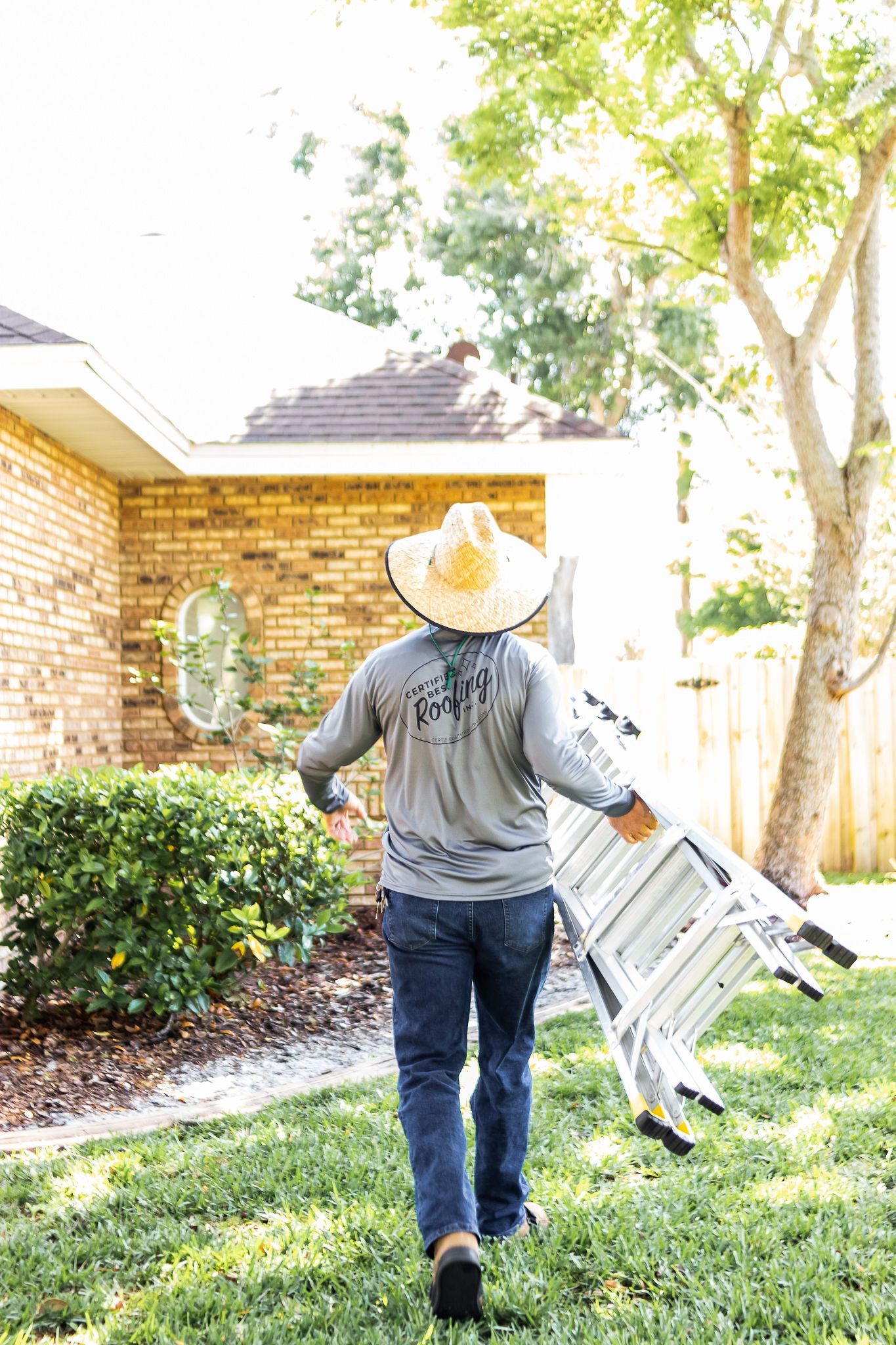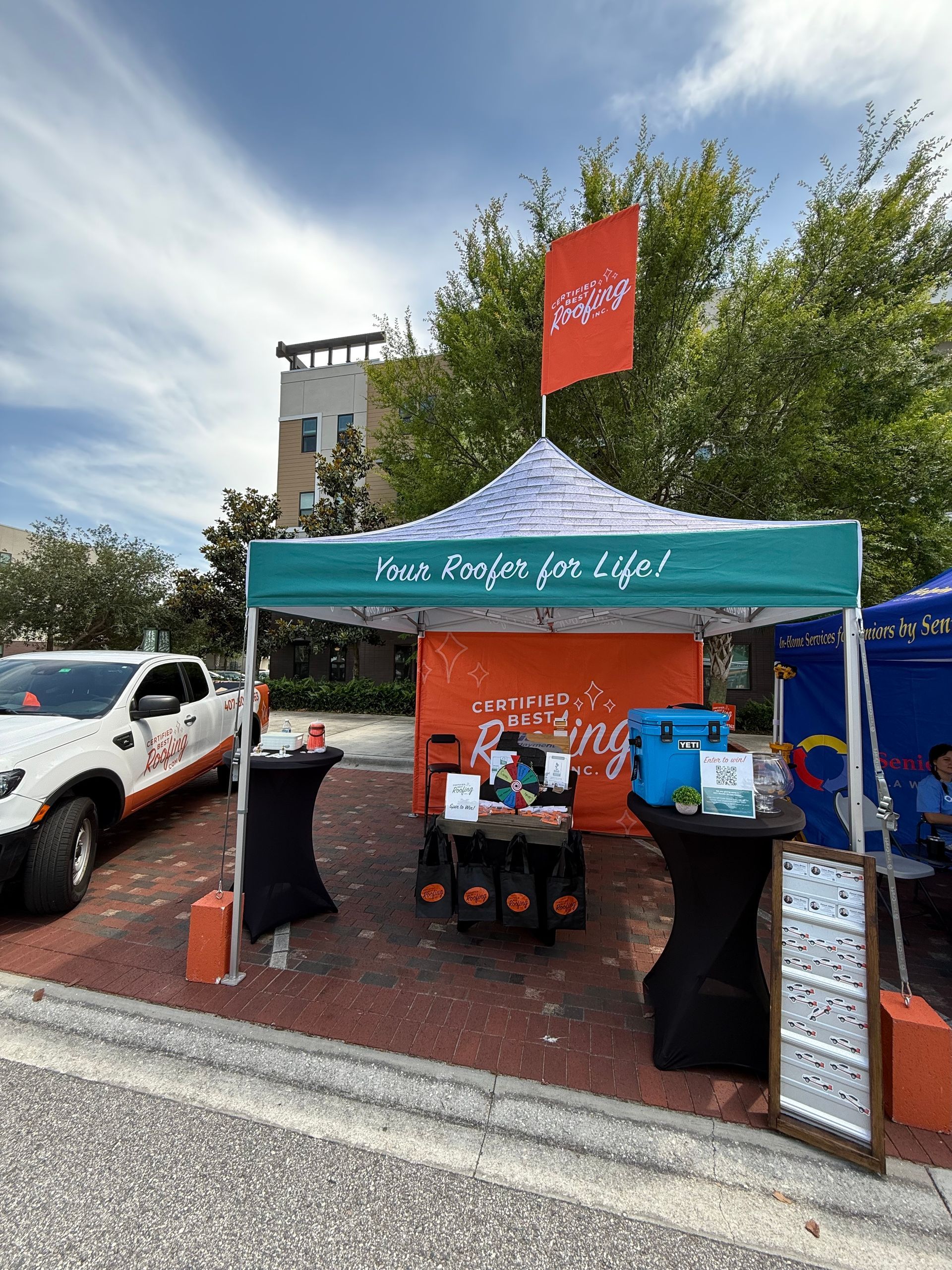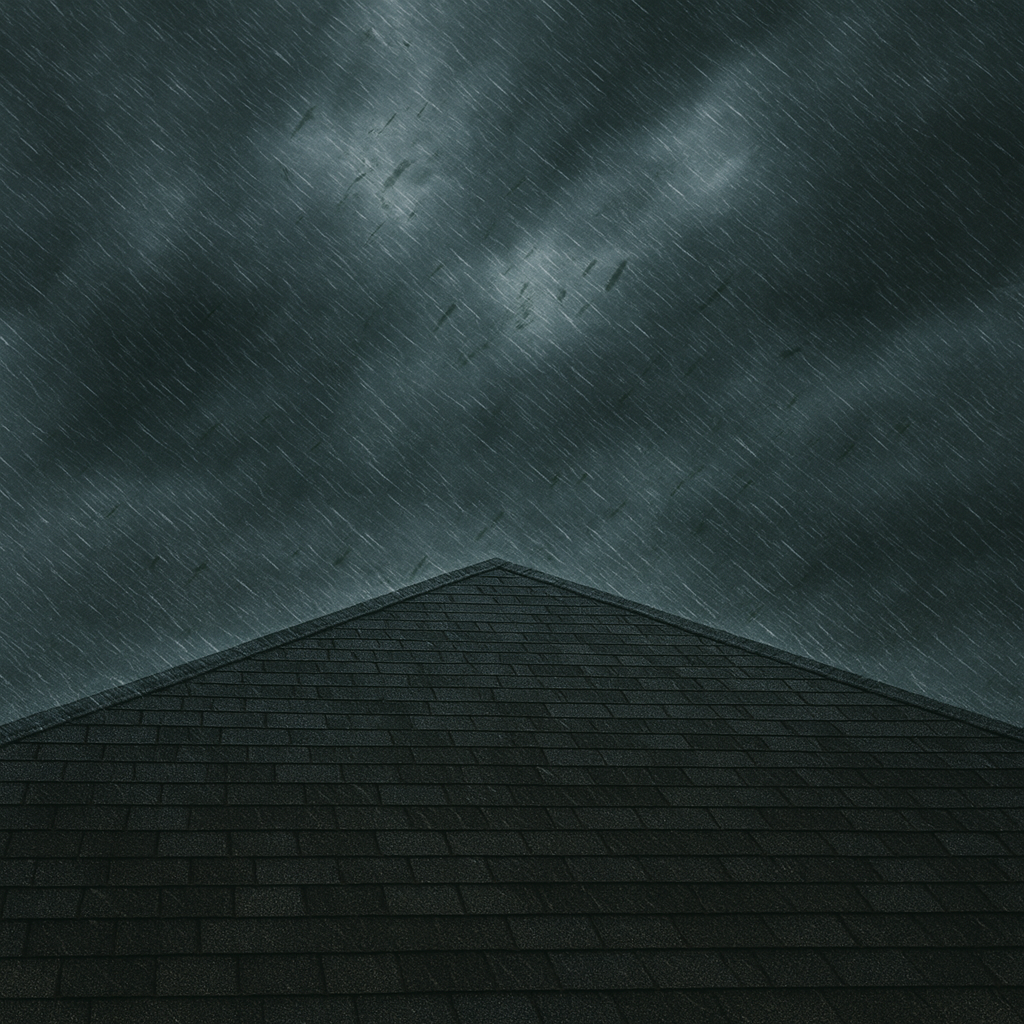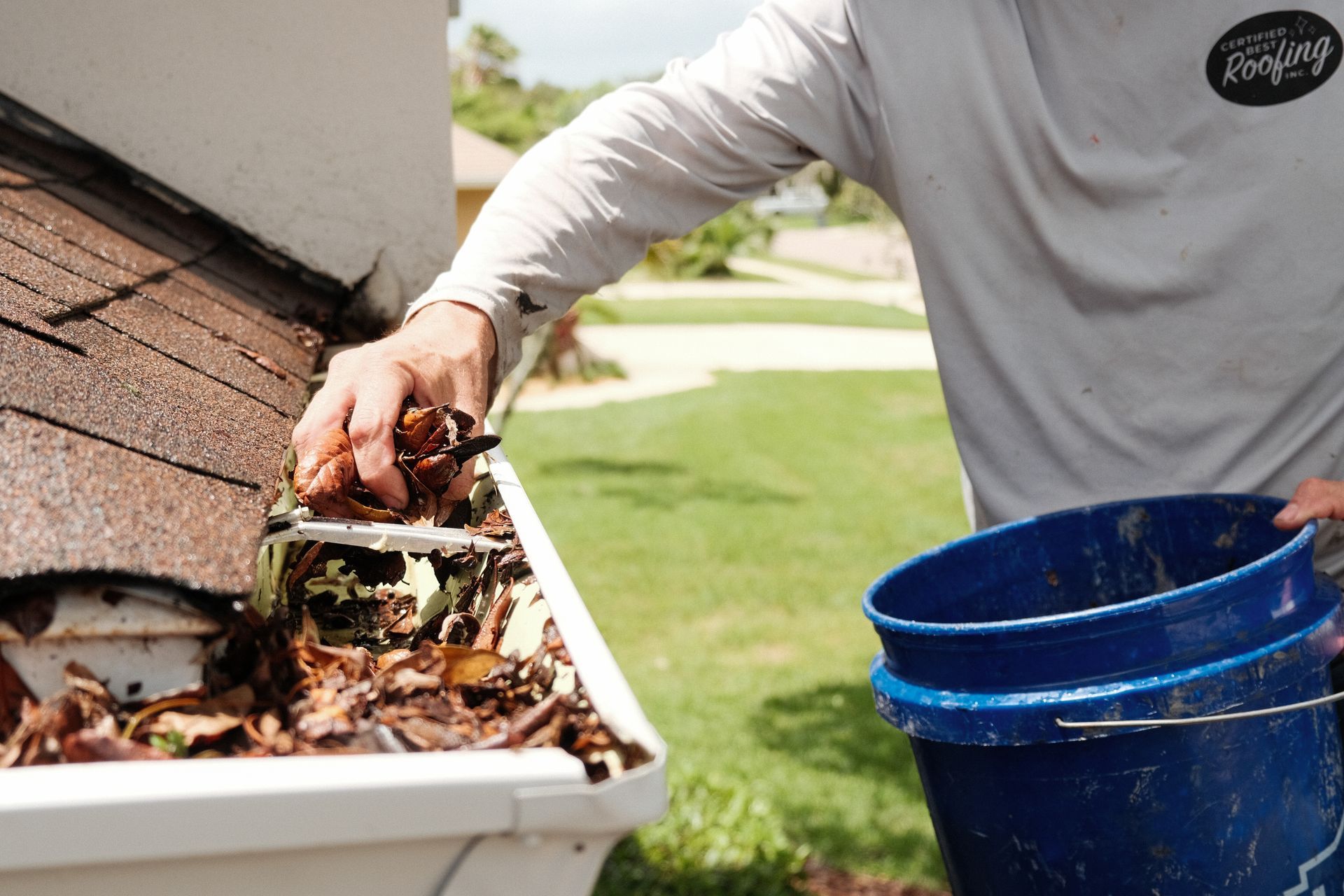Is Cold Weather Really a Threat to Florida Roofs?
Is Cold Weather Really a Threat to Florida Roofs?
When most people think of Florida weather, they picture hot, sunny days and brief bursts of rain. Images of snow and ice storms are usually associated with places much farther north. Because of this, many Floridians assume their roofs are safe from any cold-related damage. After all, how often does it freeze or snow in the Sunshine State? While it’s true that Florida’s climate is generally mild, that doesn’t mean cold snaps don’t happen. When temperatures suddenly dip, your roof may experience stress that can lead to unexpected problems. In this blog, we’ll explore the misconception that Florida roofs are free from cold-weather risks. We’ll also explain how abrupt temperature changes can affect common roofing materials and offer some steps you can take to keep your roof in good shape all year long.
1. The Myth of “No Cold Weather” in Florida
Many people think Florida is immune to cold weather, assuming that because we don’t have harsh winters, there’s nothing to worry about. It’s true that, for most of the year, our climate is warm or even hot. Yet Florida can still experience occasional cold fronts, especially in the northern and central parts of the state. Sometimes, these cold fronts bring sudden temperature drops that last a few days. Even if it doesn’t snow, a drop below freezing or close to freezing can be enough to stress roofing materials.
The risk increases when temperatures fluctuate. A roof that basks in the midday sun can reach a high temperature, only to face a chill as nighttime temperatures plummet. This back-and-forth expansion and contraction can cause minor cracks or weaken certain parts of the roof. Homeowners who think cold weather never happens here may be caught off guard when the damage shows up. Over time, these small problems can become larger, especially if they go unnoticed or unfixed.
2. Why Temperature Swings Matter
Roofs aren’t just a single layer of material. They’re made up of shingles (or tiles), underlayment, flashing, and a support structure. Different materials expand and contract at different rates. When the weather changes—like a sudden cold snap after a warm day—this expansion and contraction happen quickly. This is especially true if your roof is made from asphalt shingles, a popular choice in Florida.
In a perfect world, all roofing components would work together seamlessly, regardless of temperature. But abrupt changes put stress on the places where shingles overlap or attach, and at points where flashing seals edges or transitions. If the materials move too much in different directions, small gaps can appear. Over time, water can seep in. Even if you don’t see a leak right away, that water can lead to rotting wood, mold, or other hidden issues. The slow spread of moisture damage is often worse than a sudden leak because it can go undetected until you have a major, costly repair on your hands.
3. Common Roofing Materials in Florida and Their Cold-Weather Concerns
Several roofing materials are popular in Florida:
- Asphalt Shingles: These are standard on many Florida homes. They’re cost-effective and do well against rain and sun. However, asphalt can become brittle in colder temperatures. When it’s brittle, it can crack if something, such as a branch or hail, hits it. Repeated temperature swings (from warm days to cool nights) can also cause the shingles to curl or loosen over time.
- Metal Roofs: Metal roofing is growing in popularity for its durability and longevity. Metal is usually quite good at handling temperature changes because it expands and contracts as a whole sheet, rather than as individual pieces. However, if the metal is installed incorrectly or if there aren’t enough expansion joints, the panels can warp or buckle.
- Tile Roofs: Concrete or clay tiles are a common sight in many Florida neighborhoods. They hold up well against heat, but they can be heavy and might crack if the temperature swings are dramatic—especially if water gets into small cracks and then cools down, causing expansion that widens those cracks.
- Flat or Low-Slope Roofs: Some homes have flat or low-slope roofs. While they’re not as common on single-family homes as other styles, they still appear on some Florida buildings. The big issue with these roofs is drainage. If water pools and then a cold snap occurs, there’s a chance for freeze-thaw cycles (rare, but possible), which can weaken the surface.
4. Expansion and Contraction: A Closer Look
Expansion and contraction might sound like minor issues, but over a roof’s lifespan, these small movements add up. Consider a simple example: If your roof’s temperature in the afternoon is 90°F, and it then drops to around 40°F at night, some materials might expand significantly during the day and contract overnight. While 50 degrees of difference may not seem extreme, the continual cycling can cause stress at the seams, fasteners, and edges.
Shingles are often nailed or stapled into place. If they move or shift around those nails, the tiny holes can widen, which in turn allows water to slip beneath the shingle. In Florida’s humidity, even a small amount of moisture can lead to issues like mold or rot, which can weaken the underlying decking. Sometimes, you’ll notice the signs quickly, like a slight buckle in the shingle or a raised nail head. Other times, you might not see anything until you have a noticeable leak.
5. The Role of Ventilation
Good attic ventilation is one of the best defenses against temperature-related stress on your roof. Proper ventilation helps to even out the temperature in your attic space, reducing how much your roof heats up or cools down. When warm air can escape instead of getting trapped, your roofing materials are less likely to bake in extreme heat. Likewise, ventilation also helps control moisture.
In cooler weather, warm, moist air rising from your living space can condense in the attic if it doesn’t have a way to vent out. That condensation can drip onto insulation, beams, or the underside of the roof deck, leading to mold or mildew growth. Meanwhile, in the summer, attic ventilation prevents the space from overheating, which can prolong the life of your shingles or other roof coverings. Whether it’s hot or cold, ventilation plays a key part in keeping your roof healthy.
6. Early Warning Signs of Cold-Weather Roof Damage
You might not see snowdrifts in Florida, but you can still spot signs that your roof may be suffering from cooler weather. Here are a few to watch for:
- Curling Shingles: The edges of shingles can curl if they experience frequent shifts in temperature or moisture. Once shingles curl, they don’t lie flat, and it’s easy for wind or debris to lift them off the roof.
- Cracks or Splits: In asphalt shingles, look for small cracks that might run vertically or horizontally. These cracks could be from impact, brittleness, or even from repeated expansion and contraction.
- Loose or Missing Flashing: Flashing is used around chimneys, vents, and other roof openings. If the flashing pulls away because the metal expands and contracts differently than adjacent materials, water can slip in.
- Water Stains in Attic or Ceiling: Sometimes the first sign of trouble is a water stain on your ceiling or attic beams. The issue might be a slow leak that becomes more noticeable when there’s a sudden shift in weather.
- Raised Nail Heads: If you see nail heads popping up through your shingles, it might mean the shingle has moved or the nail is no longer seated properly.
7. Year-Round Roof Maintenance Tips
Maintaining a healthy roof in Florida shouldn’t just be about hurricane prep or hot summers. A little year-round care can protect you from unexpected cold snaps:
- Regular Inspections: Plan on at least one professional roof inspection per year. You could do one just before winter, which, while mild, can still bring cooler temperatures and storms.
- Trim Nearby Trees: Even a small branch can cause damage if it rubs against your roof. During windy or cooler weather, these branches can move a lot, potentially scraping shingles or dislodging tiles.
- Clean Gutters: Clogged gutters force water to back up onto your roof, especially during Florida’s rainy season. That extra moisture can seep under shingles, and if temperatures suddenly drop, the freeze-thaw cycle can do additional harm.
- Address Minor Damage Quickly: Don’t wait until you have a serious leak to call a roofer. Small issues like a single missing shingle or a loose piece of flashing can lead to big problems if left unresolved.
- Ventilation Upgrades: If your attic gets excessively hot in summer or if you notice moisture, consider installing or upgrading vents or even a solar-powered attic fan. Good airflow helps reduce the likelihood of weather-related roofing issues.
8. Professional Roof Inspections vs. DIY Checks
You can do a quick visual check of your roof by walking around your property and looking for obvious issues, like missing shingles or sagging areas. However, some problems can only be spotted by someone who’s trained. A professional roofer can climb onto your roof (safely) and check for subtle signs of wear that a homeowner might miss.
They can also examine flashings, seals, and the integrity of vents, chimneys, or skylights. By having a professional roof inspection, you’ll get a thorough report on the roof’s condition. This can help you plan for future repairs or replacements before any real damage occurs.
9. Recommended Roofing Materials for Variable Temperatures
If you’re in the market for a new roof in Florida, consider materials that can handle temperature swings well:
- Architectural Asphalt Shingles: These are thicker and more durable than traditional 3-tab shingles. They resist wind and can manage slight changes in temperature better.
- Metal Roofing: Metal roofs can be very effective in both hot and cold conditions. Modern metal roofing systems allow for expansion and contraction without losing structural integrity.
- Clay or Concrete Tiles: These are common in Florida and handle heat well. However, ensure they’re installed correctly and your roof structure can support the weight. Tiles can crack if water seeps in and then experiences a freeze, but this is still rare in Florida.
- Synthetic Roofing Materials: Some synthetic options blend the look of slate or wood with the resilience of modern materials. They often handle expansions and contractions well, but check with a professional for local code requirements and best practices.
10. Preparing for Those Rare Freezes and Cold Snaps
Though Florida’s climate is mostly warm, it’s wise to be ready for the occasional cold night. Here are a few extra steps you can take:
- Monitor Weather Reports: Keep an eye out for cold fronts. When you know the temperatures may drop quickly, do a quick outside inspection to ensure there’s no debris on your roof or clogging your gutters.
- Protect Pipes and Fixtures: If you have rooftop plumbing vents or other fixtures, insulate any exposed pipes. This won’t directly affect your roof’s shingles, but it can prevent water damage from burst pipes that could otherwise drip or leak onto your roof or attic space.
- Avoid DIY Melting Solutions: If a freak freeze occurs and you notice ice forming, do not pour hot water on the roof or chip away at the ice. This can cause more damage. Instead, wait for temperatures to rise or consult a professional if ice buildup is severe.
- Have an Emergency Roof Repair Kit: Keep tarps, nails, and a ladder (if safe) on hand. If a sudden storm or freeze causes minor damage, you can cover a hole or missing shingles temporarily until a roofer can fix it.
11. How to Know When to Call a Professional
A good rule of thumb is: if you’re not certain you can safely handle a roof issue, call a pro. Roofs can be slippery, particularly in humid or wet conditions. Even if you are comfortable on a ladder, diagnosing the root cause of cracking, leaks, or loose shingles can be tricky without the right training.
If you notice anything unusual—like water stains on your ceiling or unusual noises when the wind picks up—it’s time for an inspection. It’s better to spend a little on a professional opinion than to risk a big, expensive repair later. This is especially true if you suspect cold weather damage. Not every Florida roofer is prepared for cold-related issues, so look for a contractor who understands how temperature swings can affect local roofs.
12. Final Thoughts on Cold Weather and Florida Roofs
While it’s true that Florida rarely faces the harsh winters of northern states, cold weather can still pose risks for your roof. Sudden temperature changes may cause materials to expand and contract, leading to cracks, loose shingles, or hidden leaks. By paying close attention to your roof’s health year-round—through regular inspections, proper ventilation, and immediate repairs when needed—you can ward off problems before they escalate.
Remember that Florida’s climate, though mostly warm, does have its moments of colder weather. These moments can stress your roofing materials if they’re already weak or if the installation wasn’t done correctly. Ultimately, prevention is the key. Stay on top of your roof maintenance, and consider scheduling an inspection every year, no matter how mild you think the winter season will be. Doing so ensures that a little cold snap won’t lead to big problems.
In conclusion, don’t buy into the myth that Florida roofs have no cold-related challenges. While freezing temperatures and snow are uncommon, a sudden cold front can still affect your home’s covering. By staying informed, performing regular checks, and calling in a professional when necessary, you’ll keep your roof in prime condition—through winter chills, summer heat, and everything in between.
